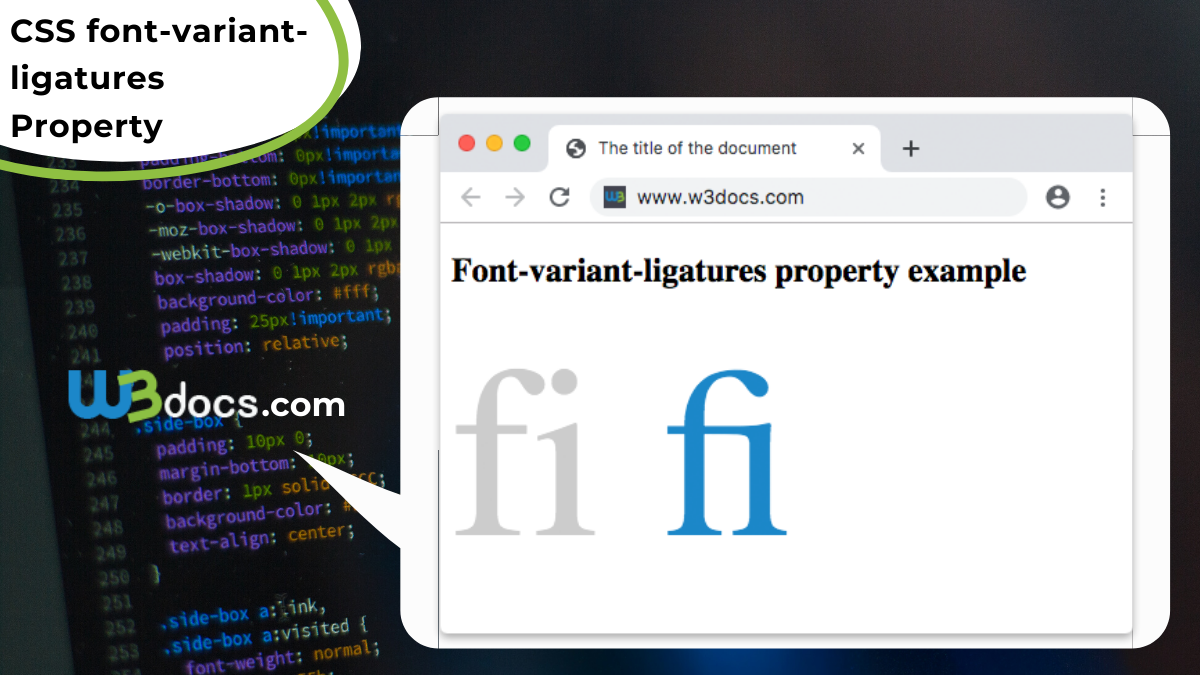
Simplistically, when you type two or more characters and they magically attach to each other, you're using ligatures that were supported by your OS, your app, and your font. standard and discretionary ligatures, a pretty complete set of diacritics. While this font is pretty similar to Source Sans, it had a few changes to better suit coders: optimized symbols, dotted zero, modified i, j, and l, and more. To see some examples of other ligatures you may run across in projects, see Proofing blackletter, Proofing Civilité, Proofing old texts, and Transliterating Greek. Typographic ligatures are when multiple characters appear to combine into a single character. Bubble Letters In Google Docs Google Drawing tool is the easiest way to add. Though the regular weight will work for most programming applications, a range of weights is available if you need them.
#G DOCS LIGATURES HOW TO#
Most other ligatures are proofed as their component characters with no special markup, but if a particular ligature will be seen frequently in a given project, the PM will usually have addressed the issue specifically in the Project Comments.įor more information related specifically to æ and œ, including how to distinguish between the two in italics fonts, see æ and œ ligatures. Because everything is better when its done in emacs. So this is essentially a reimplementiation of ligatures (a font-feature) inside of emacs. For example, the "ae" ligature is normally proofed as the "æ" or "Æ" character, as appropriate. This is not ligature support, this is replacing symbols by completely different symbols (with other codepoints). Stylistic Sets Certain OpenType fonts (e.g. Using these features, you can enhance and embellish select text. DOCX format, leverage the newer OpenType font standard. These features, introduced in Word 2010 and available to documents saved in. Here at DP, if the ligature is available in the Basic Latin character set, we usually proof it that way. Lets profile two of Words newer design features: Stylistic Sets and Ligatures. String text = "Tiffany's Terrific Toffee Taffy" įont baseFont = new Font("DejaVu Sans", Font.PLAIN, 48) ĪffineTransform trans = AffineTransform.A ligature is one typographical character which combines two letters which are usually separate characters. bfseries mdseriesitshape bfseriesitshape Ligatures, German double s.
#G DOCS LIGATURES SOFTWARE#
Import static .* į.setDefaultCloseOperation(JFrame.EXIT_ON_CLOSE) For ligatures to be supported in an OpenType font, two things need to be there: the actual ligature glyphs (which you can check by scrolling through the glyph table with a symbol picker etc.) and a glyph substitution table that tells software to replace a sequence of characters by a ligature. As of right now, the Google Docs programming language does not let me center.

I had to pick a font that actually does kerning and ligatures, DejaVu Sans, because on my system (JDK1.6-u13 on Ubuntu 9.04) the default fonts do not.

You can see the bounding rectangles creep ahead as kerns and ligatures are encountered.

IS THIS A BUG? Shouldn't GlyphVector report positions/bounds for glyphs which reflect kerning and ligatures, i.e., shouldn't it yield metrics which correspond to what is actually rendered by Graphics2D.drawString() or TextLayout.draw()? If not, what does provide this service? Below is a little app which will throw up a frame showing a string rendered in black, the GlyphVector's logicalBounds in yellow fill, and the logicalBounds of each glyph in red.


 0 kommentar(er)
0 kommentar(er)
